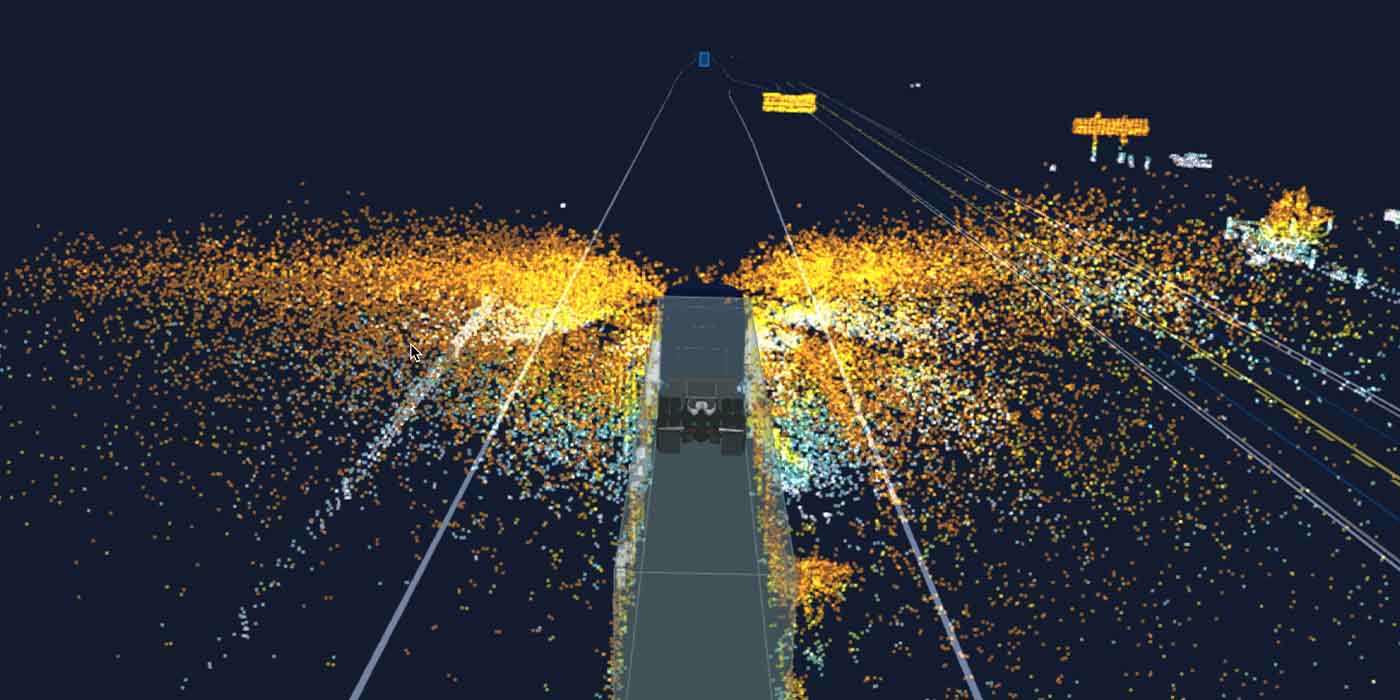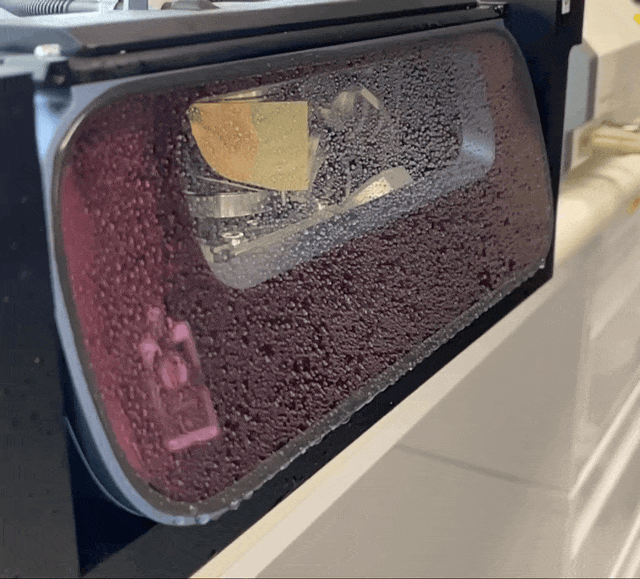
Storms, sleet, snow, and even high winds can provide added danger to highways where large vehicles like semitrucks are traveling at high speeds. The abundance of caution and safety is multiplied when you remove the truck driver from the equation. As it prepares to launch its Aurora Horizon autonomous service, self-driving tech company Aurora has shared footage of its Aurora Driver software responding appropriately when it encounters areas of lower visibility. Check out the video below.
Aurora is an autonomous vehicle and associated tech company we have watched evolve over the past several years. Several legacy automakers have taken their turn investing and collaborating with the company, whose growing list of partners currently includes the likes of Toyota, Peterbilt, and Uber Freight.
In 2018, Aurora and Volvo Group teamed up to develop a self-driving Volvo truck they nicknamed Pistachio. However, neither side’s technology was where it needed to be at the time to prove successful. As a result, both sides parted ways and focused on achieving Level 4 autonomy separately.
In 2019, Aurora acquired a leading Lidar company in Blackmore, enabling it to begin developing a sensing suite truly capable of safely operating large trucks autonomously at high speeds. Since 2020, Aurora has been deploying Class 8 trucks integrated with its Aurora Driver technology containing its proprietary Lidar and hasn’t looked back… although it has paired back up with Volvo, who has integrated Aurora driver into its own trucks.
As the company looks to launch self-driving trucks as a service called “Aurora Horizon” in 2024, it has begun demonstrating just how intuitive and safe its autonomous technology is… even during less-than-ideal weather conditions.


Aurora spotlights its autonomous capabilities in latest post
The company shared the following blog post this morning, explaining that in the freight trucking segment especially, unexpected weather patterns can impede schedules. According to the US Department of Transportation, approximately 21% of accidents occur in inclement weather.
All the more reason to ensure the safety of Aurora’s autonomous vehicles as those around them. The company explained that its latest version of Aurora Driver will automatically slow the truck and proceed with caution whenever it encounters rain, snow, or fog. Better still, the vehicles will automatically exercise caution if sensors encounter outside factors affecting sensor visibility, such as smoke, dust, or even insects.
For times when visibility is lower but still navigable, Aurora has implemented an effective sensor cleaning solution (seen above) and uses concentrated and targeted pockets of air combined with washer fluid to quickly clear cameras and lidar sensors from any moisture or debris.
All that said, if road conditions become too dangerous to continue, Aurora Driver knows to reduce the speed of the autonomous truck and search for a safe place to stop and alert the company’s Command Center. Per Aurora:
We prioritize the safe operation of our technology and the safety of other road users. That’s why we’ve designed the Aurora Driver to emulate the best human truck drivers and act conservatively when environmental conditions pose safety risks. When necessitated by harsh environmental conditions, a brief pause in the mission to wait out a sudden storm is safer, and therefore more desirable, than risking the lives of other road users.
Aurora provided the following video, demonstrating its Aurora Driver technology safely navigating a truck along the highway during a foggy day in Texas, where the company operates. It says it is working to expand its operations outside of its current Dallas to Houston launch lane and will continue to train Aurora Driver to safely respond to additional forms of inclement weather going forward.
FTC: We use income earning auto affiliate links. More.




Comments